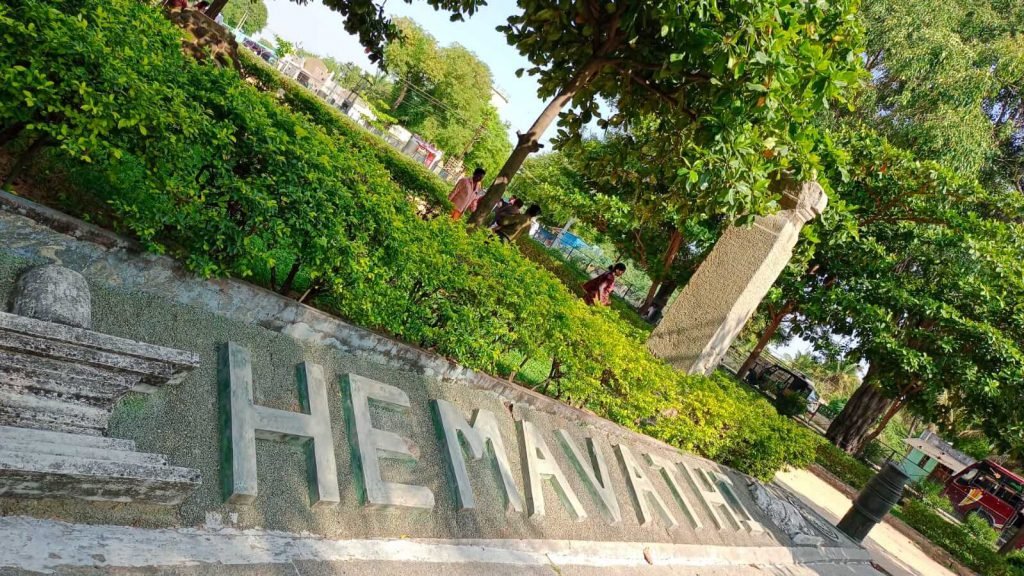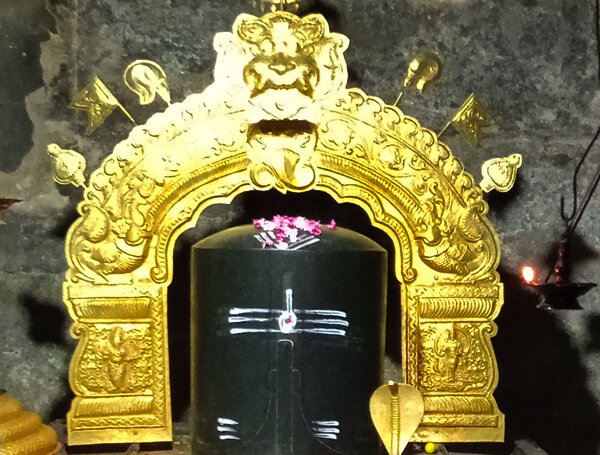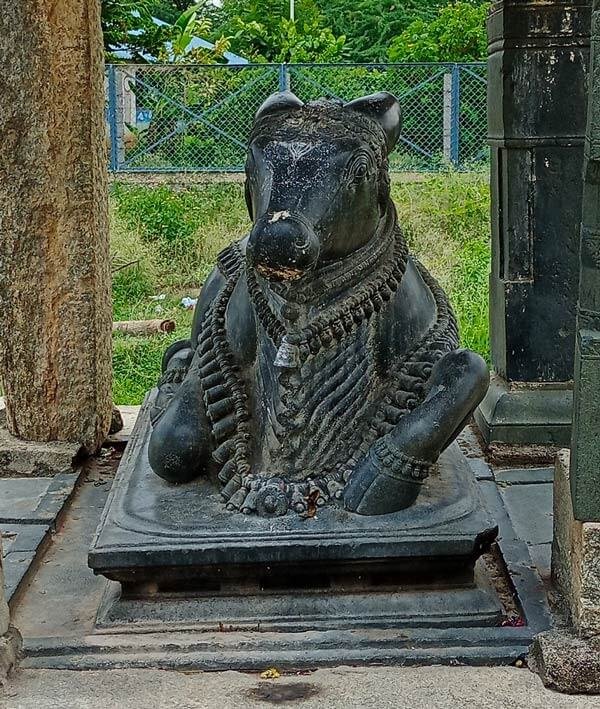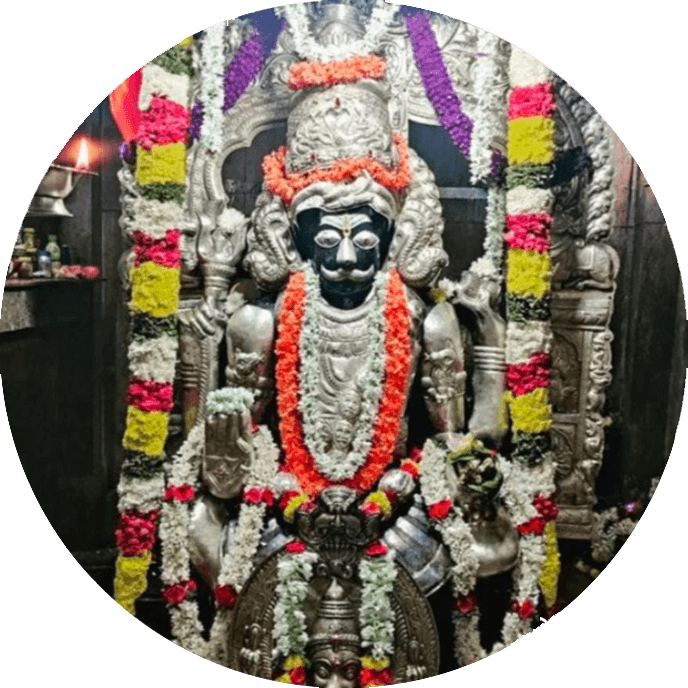Henjeru Siddeshwara Swamy Temples in Hemavathi Village, Amarapuram Mandal, Sri Sathyasai District is a very famous temple. Lord Shiva shines in the form of 5.8 feet Siddheswara in a quadrangular shape.
This temple was built in AD. Built in the 9-10th century, the Doddeswara temple here is very important for sculpture. Hemavati is also known as Kashi of the South. Siddeswaraswamy and Doddeswaraswamy temples are located here and it is special that they are facing west. All the pillars here are carved with smooth black stone. The way in which the legends are carved in the temples here is very amazing.
Windows and gawkshams are arranged here to bring in air and light like nowhere else in other temples. Sculptures of deities can be seen in these windows. In the vasaras here, there was an installation with Ashtadikpalakas. Built by the Nolambuls, this temple is named for its sculptural beauty.
Built by the Nolambs, these temples stand out for their sculptural style, Shiva lingams and Nandi idols. The most spacious garden in the temple with mesmerizing sculptures is an added attraction of the temple.










